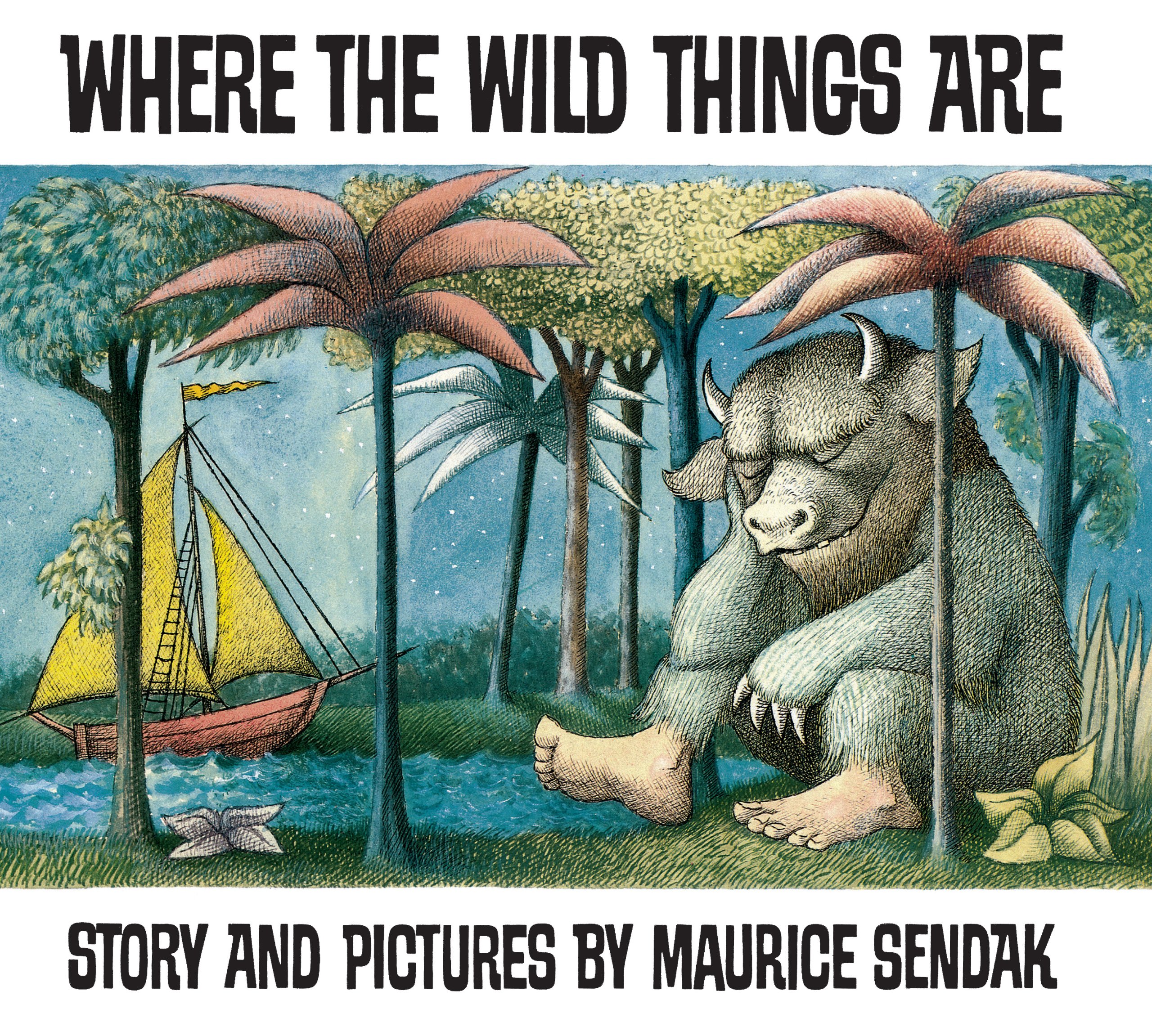
In this project, Dr. Christiana Iordanou investigates whether the picture book "Where the Wild Things Are" can be used as a means of emotion recognition in preschool children. The findings have important implications for children's emotion recognition and regulation. The findings also have important practical implications for educators, parents and caregivers.
Find more about the Kent author here
About
This project investigated whether Maurice Sendak’s picture book Where the Wild Things Are can be used as a means of emotion recognition in preschool children. The book has been praised for its ability to capture intense emotions, particularly anger, however, this had not been tested empirically before. Accordingly, the project looked at whether looking at the pictures of the book, listening to an audio recording of the book (only), or listening to the recording while also looking at the picture helps preschool children and adults infer the emotions of anger, happiness, and sadness. It further looked at whether participants can infer the positive and negative valence of these emotions. Further, given that previous work has shown that preschool children tend to confuse the emotions of anger and disgust and happiness and surprise respectively, this research also explored this issue further.
The findings from this research have important implications for children’s emotion understanding and offer recommendations to teachers, parents, and caregivers with regards to the use of the picture book in order to facilitate children’s understanding of basic emotions.
Research Objectives
• To investigate whether Where the Wild Things Are can be used as a tool of emotion recognition in preschool children and adults.
• To investigate whether presenting the book to the children visually and vocally is more didactically rich than presenting it visually or vocally only
• To explore if children can understand basic emotions in the book as well as their (positive or negative) valence
• To examine whether compared to adults, children confuse anger and disgust as well as happiness and surprise
Programme and Methodology
• Presentation of the picture book Where the Wild Things Are and an audio version of it to preschoolers (in nurseries) and university students
• Questions relevant to the emotional disposition of the main character of the book in three target pictures representing anger, happiness, and sadness respectively
• Psychological testing of facial expression recognition with a traditional emotion recognition task
Findings
• Adults’ understanding of emotions in the picture book and the photographs of facial expressions was superior to children’s.
• Children confused anger and sadness in the book.
• Children had difficulty recognising anger and happiness in the book when they were presented with an audio recording of the story than visually, or visually and vocally simultaneously.
• Similarly, children had difficulty grasping the negative and positive valence of the target pictures involving anger and happiness when these were presented via an audio recording, than visually, or visually and vocally simultaneously.
• Compared to adults, children confused anger and disgust as well as happiness and surprised when photographs of respective facial expressions were presented to them.
Impact
• This project has important practical implications for parents, teachers, and caregivers.
• Showing the pictures of the book to children, or showing the pictures and reading the book to them simultaneously can facilitate their emotion understanding to a better extent than an audio presentation alone.
• The findings also show that children may have difficulty understanding anger in the book in the absence of further discussion of how the main character is feeling. Given that anger is a healthy (basic) emotion, using the book to discuss anger with children could facilitate their emotion recognition.
• Overall, the project suggests that Where the Wild Things Are may be used by parents, caregivers, and teachers as a tool to help children recognise basic emotions.